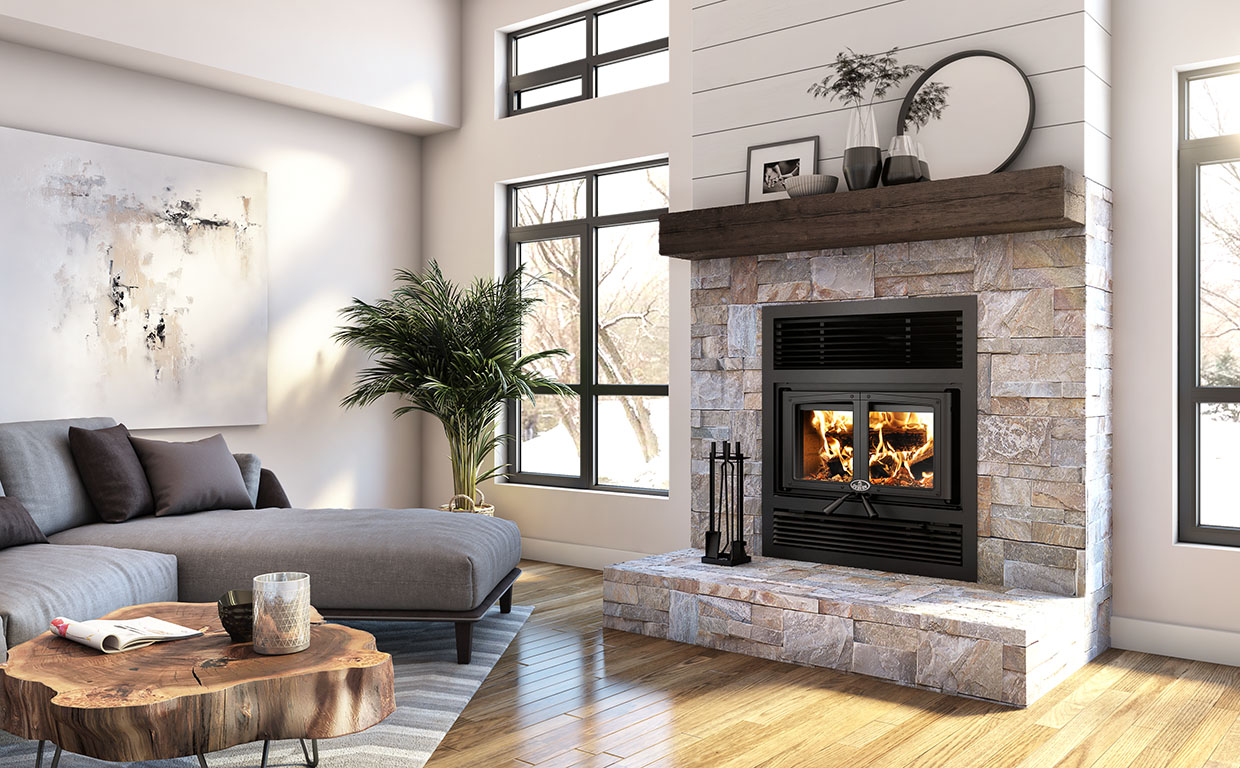

Articles
How To Light Wood Fireplace
Modified: October 20, 2024
Learn how to light a wood fireplace with these helpful articles. Discover tips and techniques for creating the perfect warm and cozy ambiance.#
(Many of the links in this article redirect to a specific reviewed product. Your purchase of these products through affiliate links helps to generate commission for Storables.com, at no extra cost. Learn more)
Introduction
Starting a fire in a wood fireplace can bring warmth, coziness, and a sense of relaxation to any home. There’s nothing quite like the crackling sound and the flickering flames dancing in the hearth. However, for those who are new to using a wood fireplace, it can seem like a daunting task. But fear not, because with the right knowledge and a few simple steps, you’ll be able to master the art of lighting a wood fireplace like a pro.
In this article, we will take you through a step-by-step guide on how to light a wood fireplace effectively. From gathering the necessary supplies to creating the perfect fire and maintaining it throughout the evening, we’ve got you covered. So, let’s get started on this fiery adventure!
Key Takeaways:
- Master the art of lighting a wood fireplace by gathering the right supplies, preparing the firebox, and building a well-structured fire for a cozy and enjoyable experience.
- Safely maintain and extinguish the fire by adding firewood as needed, using fireplace tools for rearrangement, and ensuring complete extinguishment for a warm and inviting ambiance.
Read more: How To Stack Wood In A Fireplace
Step 1: Gathering Supplies
Before you can ignite a roaring fire, you’ll need to gather a few essential supplies. Here’s a list of what you’ll need:
- Firewood: Ensure that you have enough dry, seasoned firewood to last the duration of your fire. Hardwoods like oak or maple are ideal for longer-lasting and more substantial fires.
- Newspaper or fire starters: These will help you create a base layer that will catch fire easily and ignite the logs.
- Fireplace tools: Poker, tongs, and a brush are necessary for manipulating the firewood and cleaning the fireplace afterward.
- Matches or a lighter: You’ll need a reliable source of ignition to start the fire. Choose long matches or a long-reach lighter to keep your hands away from the flames.
Once you have gathered all the necessary supplies, you’re ready to move on to the next step.
Key Takeaways:
- Master the art of lighting a wood fireplace by gathering the right supplies, preparing the firebox, and building a well-structured fire for a cozy and enjoyable experience.
- Safely maintain and extinguish the fire by adding firewood as needed, using fireplace tools for rearrangement, and ensuring complete extinguishment for a warm and inviting ambiance.
Read more: How To Stack Wood In A Fireplace
Step 1: Gathering Supplies
To begin the process of lighting a wood fireplace, you’ll need to gather the necessary supplies. Here’s what you’ll need:
Firewood
The quality of firewood you use can greatly affect the efficiency and enjoyment of your fire. It’s best to use seasoned firewood, which has been dried for at least six months to a year, as it burns more efficiently and produces less smoke. Hardwoods like oak, maple, or birch are ideal choices, as they provide longer-lasting and hotter fires. Ensure that the firewood is cut into manageable sizes, typically around 16-18 inches in length, to fit inside the firebox easily.
Newspaper or fire starters
Creating a base layer of kindling is essential to start the fire. Crumpled newspaper can serve as an effective and readily available option. Place a few sheets of crumpled newspaper on the fire grate or directly on the firebox floor. Alternatively, you can use commercial fire starters, which are designed to ignite quickly and provide a steady flame to ignite the logs.
Read more: How To Build Wood Burning Fireplace
Fireplace tools (poker, tongs, brush)
Having the right fireplace tools handy will make the process of lighting and tending to the fire much easier. A poker allows you to adjust the position of the logs, a pair of tongs allows you to safely add or adjust burning logs, and a brush helps to keep the hearth area clean and free from ashes.
Matches or a lighter
To ignite the fire, you’ll need a reliable source of ignition. Long wooden matches or a long-reach lighter are recommended to keep your hands safely away from the flames. Make sure to have enough matches or a functioning lighter on hand.
Now that you have gathered all the necessary supplies, you’re ready to move on to the next step of preparing the firebox.
Step 2: Preparing the Firebox
Before lighting the fire, it’s essential to make sure the firebox is properly prepared. Follow these steps to ensure a safe and efficient fire:
Clearing out any debris or ashes
Begin by removing any leftover debris or ashes from previous fires. Using a small shovel or fireplace ash tool, carefully scoop out the ashes and place them in a metal ash bucket. Ensure there are no smoldering embers before disposing of the ashes outside. Clearing out the firebox will provide a clean and safe base for your new fire.
Read more: How To Install A Wood Fireplace Insert
Checking the flue for proper ventilation
The flue is an essential component of the fireplace that allows smoke to exit through the chimney. Ensure that the flue is open and unobstructed before lighting the fire. Use a flashlight to inspect the flue, checking for any debris or nests that may have accumulated. If you have a damper, make sure it is fully open to allow for proper airflow.
Opening the damper
The damper controls the amount of air flowing up the chimney. It’s crucial to open the damper fully before lighting the fire. This helps in creating proper airflow, which aids in the combustion process and prevents smoke from entering your home. If your fireplace has a lever or handle for the damper, simply push it or pull it to the fully open position. If it’s a traditional throat damper, you may need to use a fireplace poker to adjust it accordingly.
By following these steps to prepare the firebox, you’ll ensure proper ventilation and create an optimal environment for your fire to burn effectively and safely. Once you have completed these preparations, you are now ready to move on to building the fire in the next step.
Step 3: Building the Fire
Building the fire properly is crucial for a successful and long-lasting fire. Follow these steps to ensure a well-constructed fire:
Creating a base layer with crumpled newspaper or fire starters
Start by placing a layer of crumpled newspaper or a few fire starters in the center of the firebox. This will serve as the base layer to ignite the fire. Ensure that the newspaper or fire starters are loosely packed to allow for proper airflow.
Read more: What Is The Best Wood For A Fireplace
Arranging smaller pieces of firewood on top of the base layer
On top of the newspaper or fire starters, arrange smaller pieces of firewood in a crisscross pattern or a tight stack. These smaller pieces will catch fire quickly and provide a steady flame to ignite the larger logs.
Adding larger, more robust firewood on top
Place larger, more robust firewood logs on top of the smaller pieces. Opt for logs of similar size to promote balanced and consistent burning. Make sure to leave enough space between the logs to allow for proper airflow, which will aid in combustion.
Making sure there is enough airflow between the logs
Ensure that there is sufficient airflow between the logs by creating gaps or spaces between them. This will allow oxygen to circulate and feed the fire, promoting a healthy and robust burn. Avoid stacking the logs too tightly, as it can hinder proper airflow and lead to a smoldering fire.
By following these steps to build the fire, you’ll create a solid foundation for a successful and efficient burning process. The next step is to ignite the fire and bring warmth and coziness to your space.
Step 4: Lighting the Fire
Now that you have built a proper fire structure, it’s time to ignite it. Follow these steps to safely light the fire:
Read more: How To Remove A Wood Fireplace Insert
Using matches or a lighter to ignite the newspaper or fire starters
Take a match or a lighter and carefully light the newspaper or fire starters in multiple places. Start from different spots to ensure even ignition. Make sure to exercise caution and keep any loose clothing or flammable materials away from the flames.
Holding the flame close to the base layer until the fire catches
Hold the flame near the base layer until you see the newspaper or fire starters catch fire. As the flames begin to spread, the smaller firewood pieces on top will start to catch as well. This process may take a couple of minutes, so be patient and avoid adding additional materials until the fire is well established.
Keeping the damper open to allow for proper airflow
Throughout the lighting process and as the fire grows, ensure that the damper remains open. This allows for proper airflow, enabling the fire to burn efficiently and minimizing smoke. Adequate ventilation is essential for a clean and smoke-free fire. Keep an eye on the smoke rising up the chimney to ensure the fire has enough oxygen for optimal combustion.
By following these steps, you’ll be able to light your wood fireplace safely and effectively. Now that the fire is lit, it’s time to move on to the next step of maintaining the fire for a cozy and warm experience.
Step 5: Maintaining the Fire
Once the fire is lit, it’s important to properly maintain it to ensure a steady and enjoyable burn. Follow these steps to maintain the fire in your wood fireplace:
Read more: How To Use A Wood Burning Fireplace
Adding more firewood as needed
As the fire burns, you’ll need to add more firewood to sustain the flames. Monitor the fire closely and add additional logs when needed. Make sure to add smaller pieces of firewood first before adding larger logs. This allows for a gradual and controlled burn, preventing smothering the fire or creating excessive smoke.
Using fireplace tools to rearrange the logs and promote combustion
Use fireplace tools such as a poker, tongs, and a brush to tend to the fire. Occasionally, the logs may need to be rearranged to ensure proper airflow and even burning. Gently move the logs, creating space in the firebox for the flames to access fresh oxygen. You can also remove any partially burnt logs or ashes that may be hindering combustion.
Adjusting the damper to control the burn rate and airflow
The damper plays a crucial role in controlling the burn rate and airflow in your wood fireplace. If the fire is burning too quickly or generating excessive smoke, you can partially close the damper to reduce the airflow. Conversely, if the fire is struggling or producing minimal heat, you can open the damper slightly to allow more oxygen into the firebox. Adjusting the damper helps maintain a steady and balanced burn.
By practicing regular maintenance and adjustment, you can ensure a consistent and enjoyable fire in your wood fireplace. With these steps, you’ll be able to create a warm and inviting ambiance in your home. Now, let’s move on to the final step: extinguishing the fire.
Step 6: Extinguishing the Fire
Once you have enjoyed the warmth and ambiance of your wood fireplace, it’s important to properly extinguish the fire for safety and peace of mind. Follow these steps to safely extinguish the fire:
Allowing the fire to burn down naturally
First, allow the fire to burn down naturally. Avoid adding more logs or materials at this stage. Let the flames gradually decrease in size and the remaining firewood turn into glowing embers. This process may take some time, so exercise patience and keep a watchful eye on the fire.
Using fireplace tools to spread out the remaining embers
Once the fire has burned down to embers, it’s time to use fireplace tools such as a poker or tongs to carefully spread out the remaining embers. This helps in cooling down the embers uniformly and preventing any hidden hotspots from reigniting after the fire has been extinguished.
Closing the damper and ensuring the fire is completely out
After spreading out the embers, close the damper to prevent any drafts or sparks from escaping the chimney. Take the time to double-check the firebox and ensure all the embers are completely extinguished. Gently touch the remaining logs and embers to ensure they are cool to the touch. Always prioritize safety and make sure the fire is fully extinguished before leaving the fireplace unattended.
By following these steps, you can safely and effectively extinguish the fire in your wood fireplace. Remember to regularly clean your fireplace and chimney to maintain its efficiency and prevent any potential hazards. Enjoy the warmth and beauty of your wood fireplace responsibly and confidently.
Conclusion
Congratulations! You have now learned the step-by-step process of lighting and maintaining a wood fireplace. By following these guidelines, you can create a warm and inviting atmosphere in your home, perfect for cozy evenings and gathering around the hearth.
To recap, you started by gathering the necessary supplies, including firewood, newspaper or fire starters, fireplace tools, and matches or a lighter. Then, you prepared the firebox by clearing out debris, checking the flue, and opening the damper for proper ventilation. Next, you built the fire by creating a base layer, arranging smaller pieces of firewood, adding larger logs, and ensuring proper airflow between the logs.
After building the fire, you safely lit it using matches or a lighter, holding the flame close to the base layer until the fire caught, and keeping the damper open for optimal airflow. Once the fire was burning, you maintained it by adding more firewood as needed, using fireplace tools to rearrange the logs and promote combustion, and adjusting the damper for burn rate control.
Finally, when it was time to end the fire, you allowed it to burn down naturally, spread out the remaining embers using fireplace tools, and closed the damper to ensure the fire was completely out. Safety precautions were taken throughout the process to ensure a secure and enjoyable experience.
Remember, it’s essential to practice responsible fire safety when using a wood fireplace. Regularly inspect and clean your fireplace and chimney, and never leave a fire unattended. Always use dry and well-seasoned firewood for optimal burning performance and to reduce the risk of excessive smoke.
Now, you have the knowledge and confidence to create a cozy and inviting ambiance with a wood fireplace. Gather your loved ones, cozy up with a warm blanket, and enjoy the soothing crackle and gentle glow of a perfect wood fire. Stay warm, stay safe, and embrace the timeless charm and comfort that a wood fireplace brings to your home.
Frequently Asked Questions about How To Light Wood Fireplace
Was this page helpful?
At Storables.com, we guarantee accurate and reliable information. Our content, validated by Expert Board Contributors, is crafted following stringent Editorial Policies. We're committed to providing you with well-researched, expert-backed insights for all your informational needs.
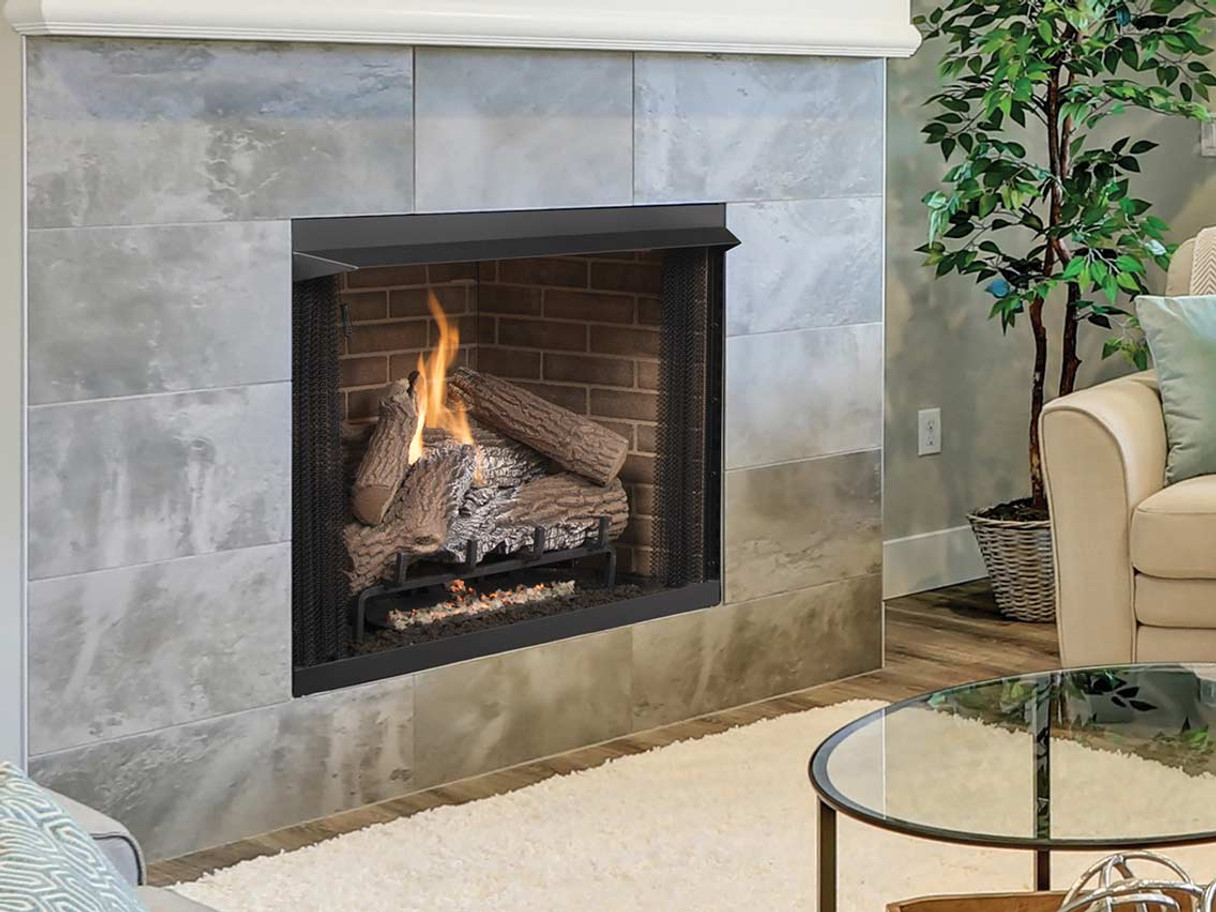
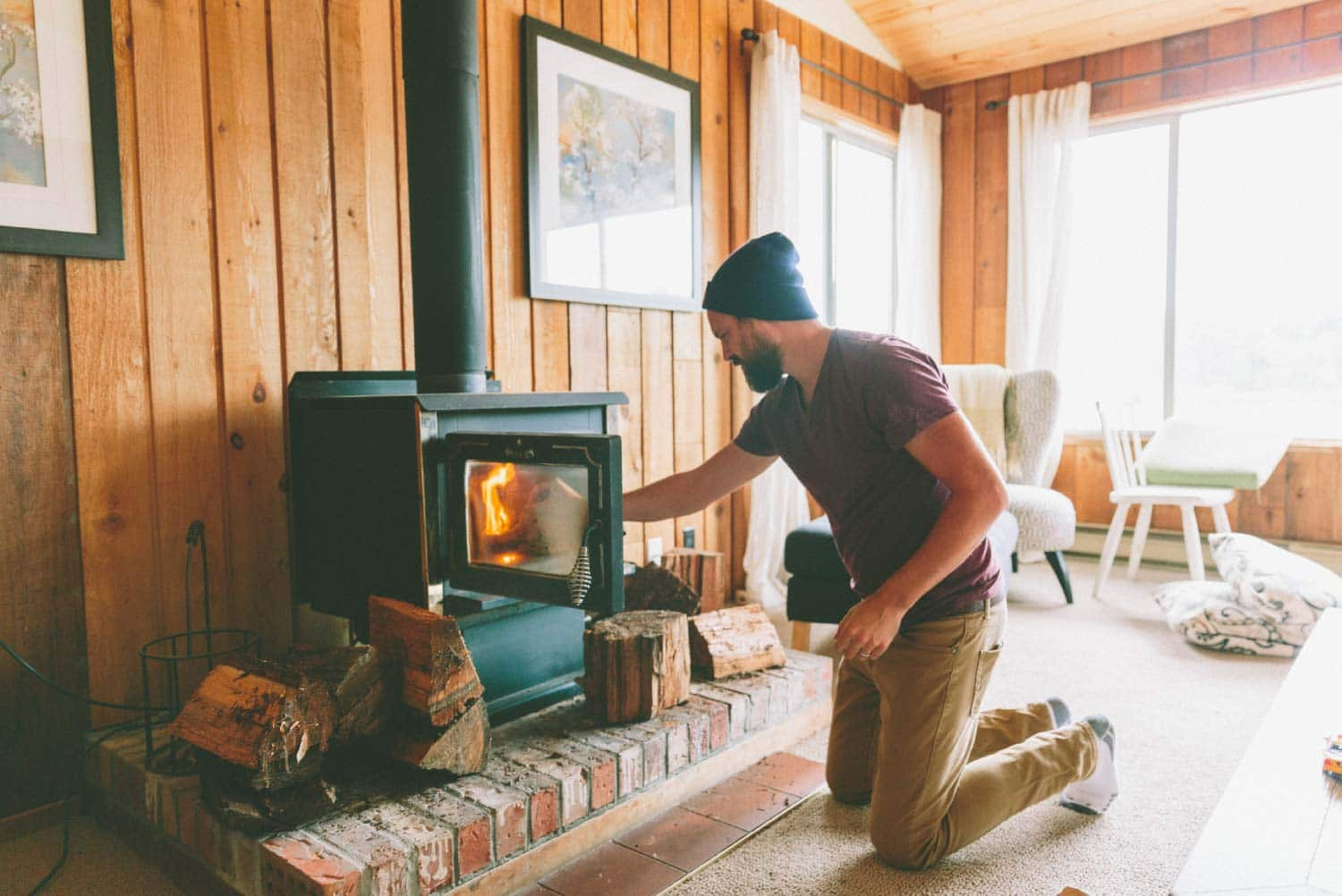
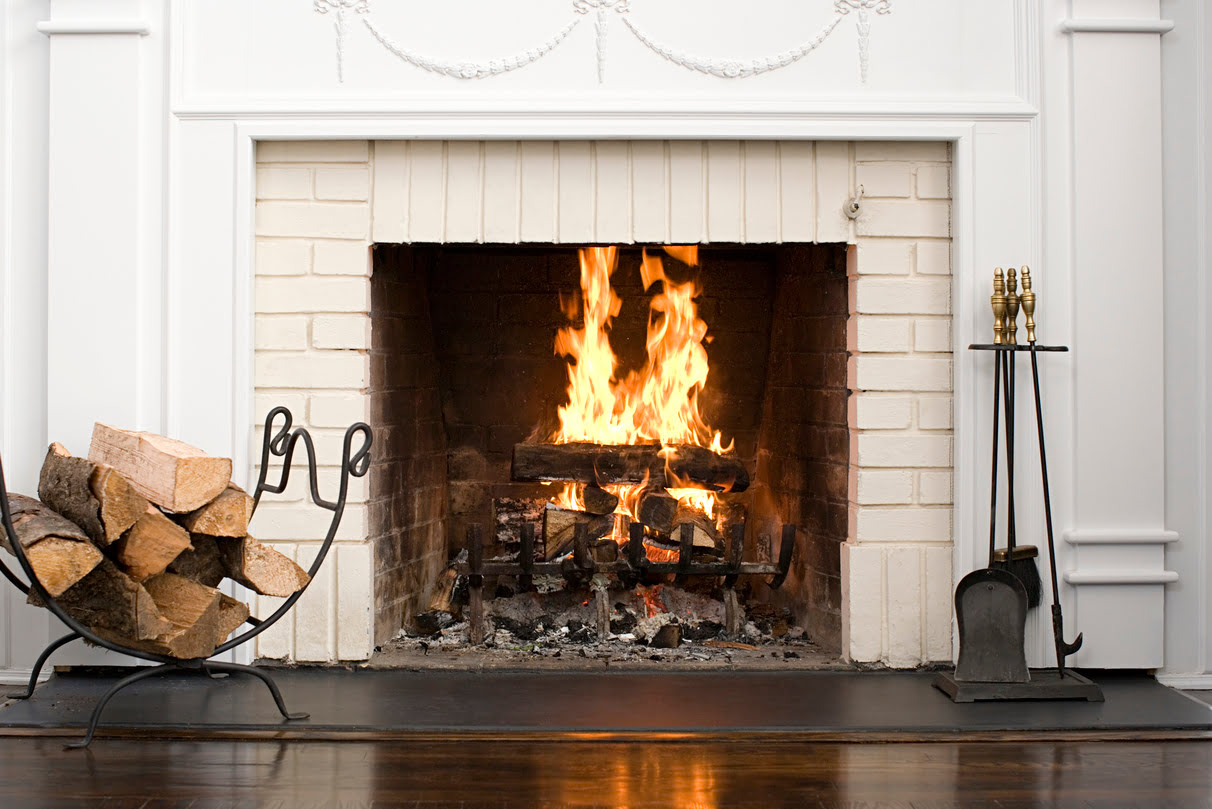
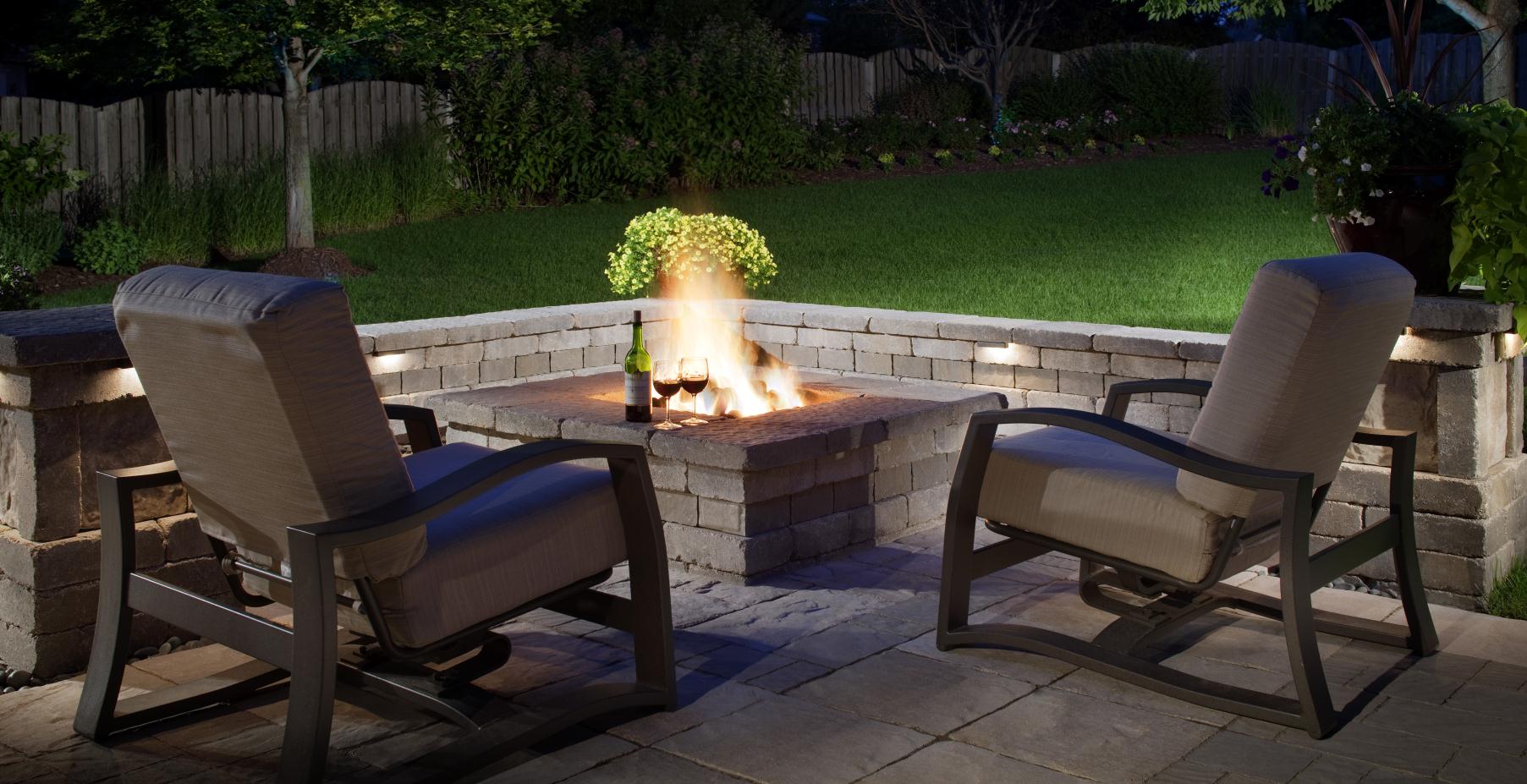
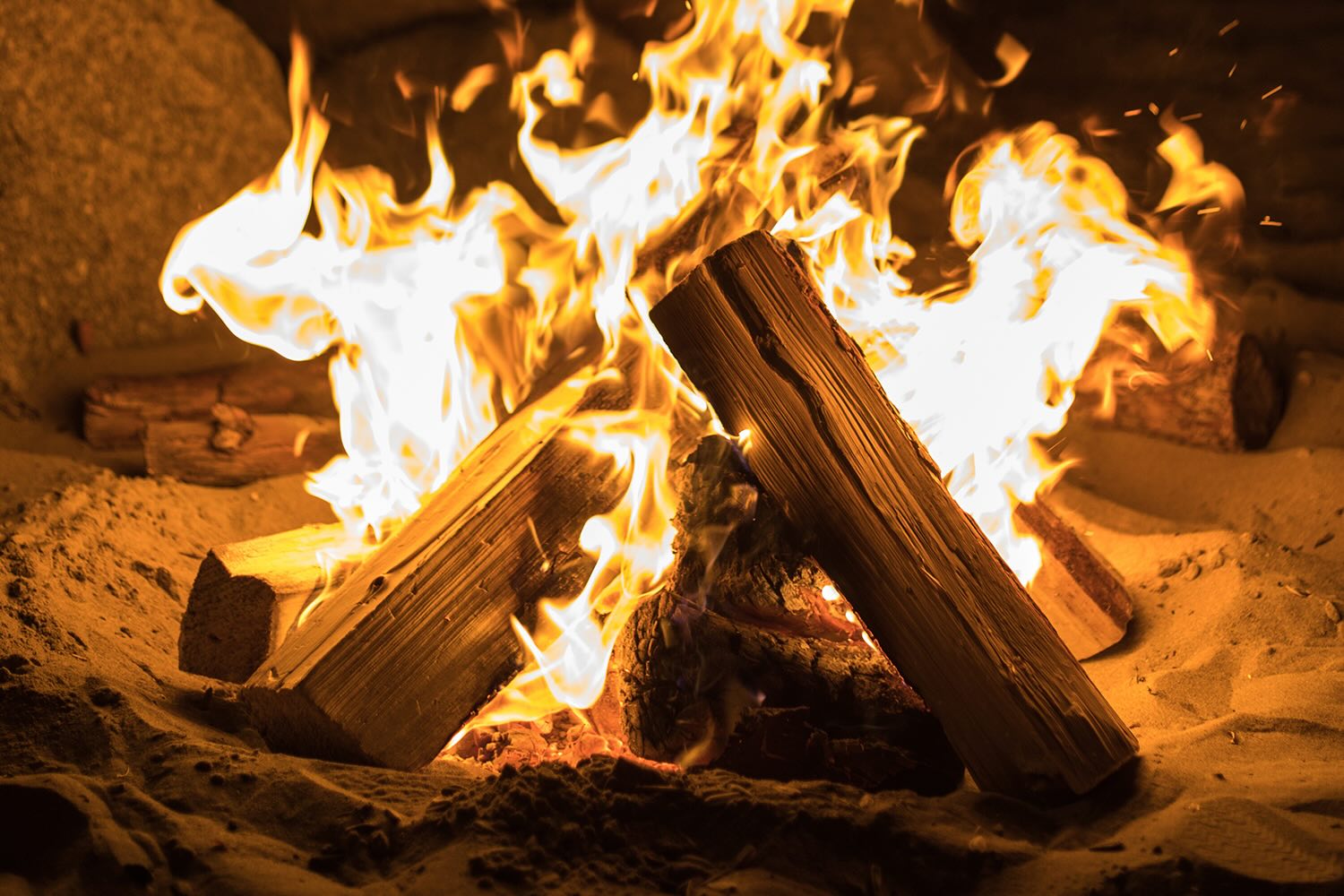
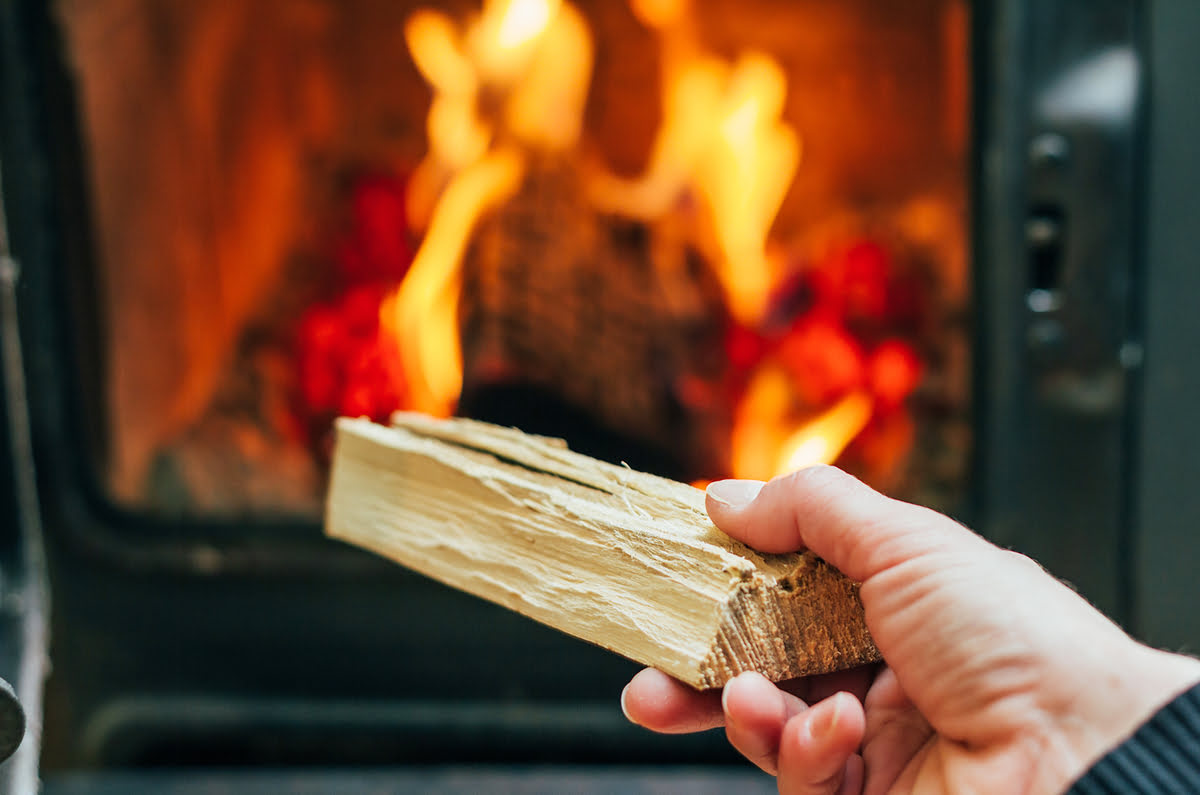
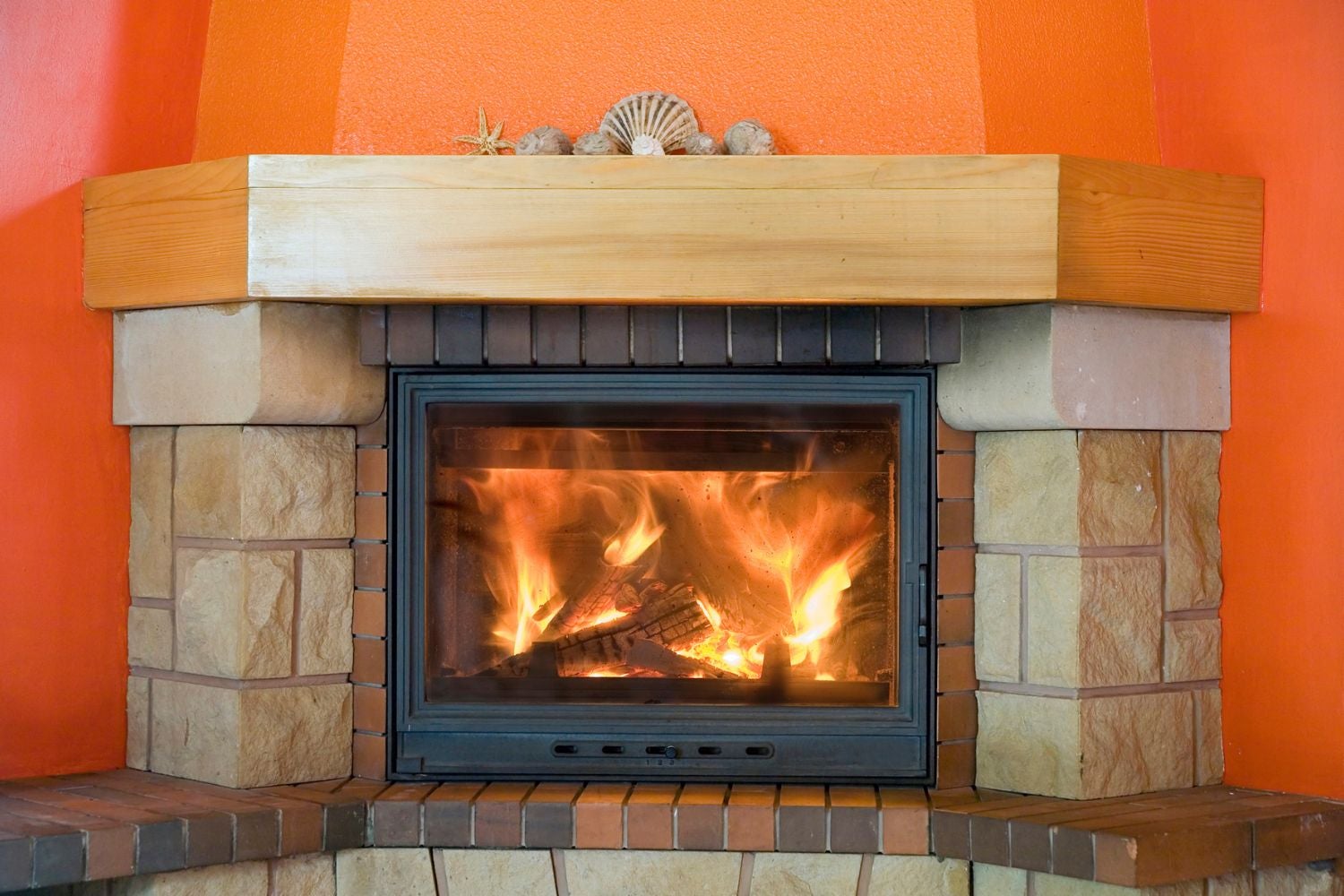
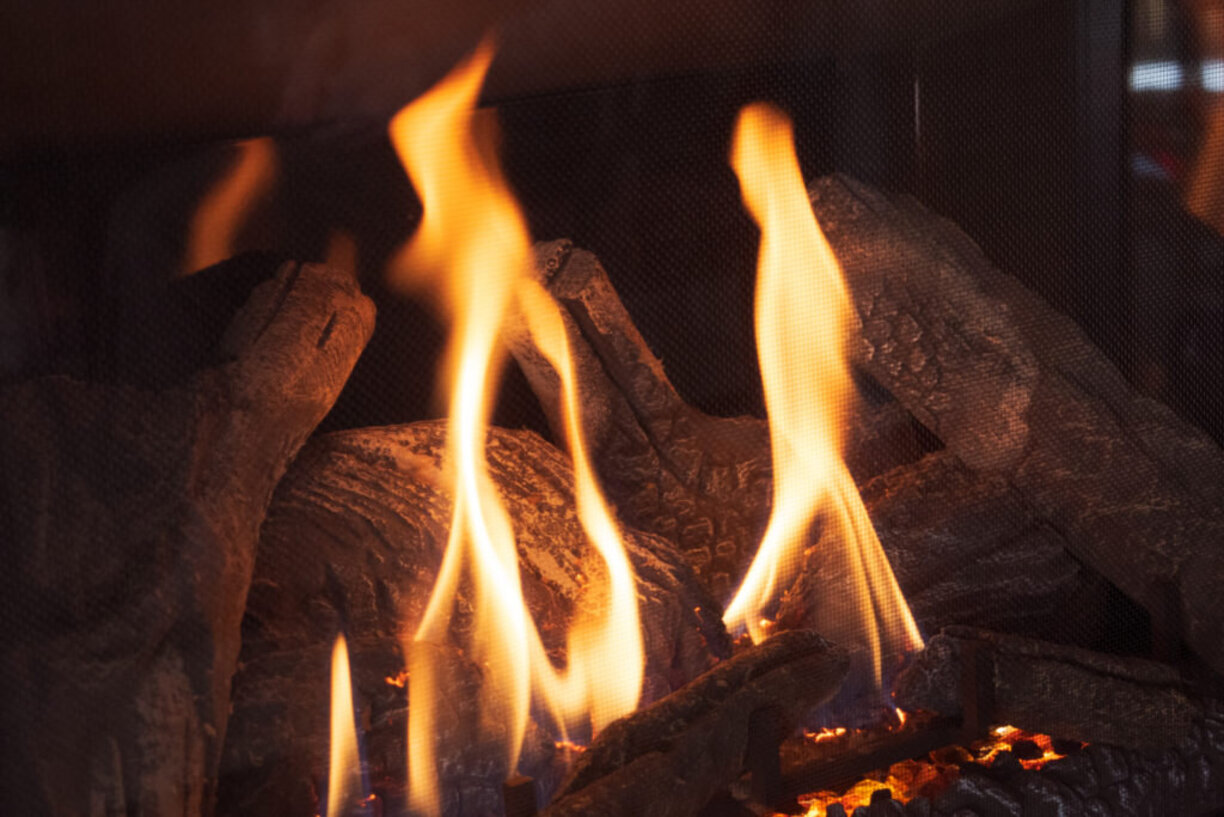


0 thoughts on “How To Light Wood Fireplace”